Staying Fit with Scoliosis : Scoliosis is a condition in the spine that creates a curve and it is 10 times more common among females than males. There are varying degrees of this condition, each making movement harder. When first given a scoliosis diagnosis, women tend to assume that they must limit activity levels. That is not true. Staying fit is important to help manage pain, regenerate spinal discs, and boost your general health.
If you have scoliosis and are looking for exercises that can help you stay fit, it is important that your doctor has given you the green light for activity, especially if you have had corrective surgery. Once you are cleared, here are some workouts you can try.
Stretching
Before exercising, it is important to stretch out the back muscles to help warm them up to movement. A great movement to try is to lay down on your back, then pull your knees to your chest. Wrapping your arms around your legs and pull them in until you feel the stretch and hold for 10 to 15 seconds. Repeat this stretch several times before starting physical activities. If you have tough spots with knots or extra tightness, using a tennis ball under the specific muscle and rolling around on it can help loosen it up.
Yoga
For a low impact, great exercise, try yoga. This has become one of the more popular options for women with scoliosis because it is small, focused movements with less back strain. In yoga, try to do poses that elongate the spine. If you have had corrective surgery, focus on the areas above and below the spine, rather than the corrected area. If a rod has been placed in the back, it will seriously limit the ability to bend forward or backward.
Some therapists and yogis find that students with scoliosis benefit from practicing a yoga pose that focuses on one side. This helps develop the muscles on the weaker, convex side of the spine while also lengthening the concave side. This is more helpful for students with a “c” curve to their spine. If there is an “s” curve, focus on the imbalances in their specific regions with deliberate movements.
Weight Lifting
In general, people with scoliosis are discouraged from weight lifting in the traditional forms. However, that does not mean that you cannot lift weights at all. Just like with yoga, weights can help you build up muscles on the convex, curved side while choosing movements that straighten tighter muscles on the concave side. For many, pushing weight above the head is painful, such as shoulder press and overhead tricep presses. Instead, choose alternate movements for those muscles that don’t put stress on the spine.
Choose exercises that help develop control with the central stability system and pelvic floor. These will help give a great core workout with less stress on the spine. For other weighted exercises, increase the weight slowly. Kettlebells are useful tools, because the motor control is a strong component, along with strength. Most people who have scoliosis will want to look for movements that take less off the lower spine. Squats and deadlifts are hard on the back, so avoid those lifts. Instead, choose variations, such as leg press, extensions, glute bridges, and lunges to target the same muscle groups more safely. Keep weights very light and increase it slowly over time.
Cardiovascular Exercise
Some of the best exercises you can do to get your heart pumping are referred to as simply “cardio”. These usually involve the whole body and really work up a sweat. Some of the best cardio exercises you can do with scoliosis are:
- Swimming (no butterfly stroke)
- Cycling (no off-roading)
- Walking
- Hiking and Cross-Country Skiing
- Sprinting (short distances only)
- Aerobics
- Dance
- Elliptical training
These are all low-impact enough that they won’t hurt the spine, but still give you enough of a workout to stay in good, cardiovascular shape. A good rule of thumb is to avoid activities that include collision (football, hockey, martial arts), or motions that focus on one side of the body (golf, tennis, baseball).
Proceed with Care
Finding an exercise routine that works for you is important. Listen to your body as you try different things and while you are active. Pain is the way our bodies tell us to slow down or stop doing something. Pay attention and modify movements are needed. Once you have found your preferred form of exercise, keep at it and enjoy being active. Taking care of your body is one of the best things you can do for lifelong happiness.
Resource : Scoliosis Care Centers
Related Videos about Staying Fit with Scoliosis :
Yoga 101 : Yoga Exercises to Help With Scoliosis
The Truth About Scoliosis and Fitness
Physical Therapy Treatments : Scoliosis Treatment Exercises
Scoliosis Exercise Program
Scoliosis Exercises You Can Do From Home
10 Best Scoliosis Exercises – Ask Doctor Jo
Exercises For Scoliosis | Unilateral Back Training
Chiropractic Treatments : How to Straighten the Spine of Adults With Scoliosis
Related Infographics about Staying Fit with Scoliosis :
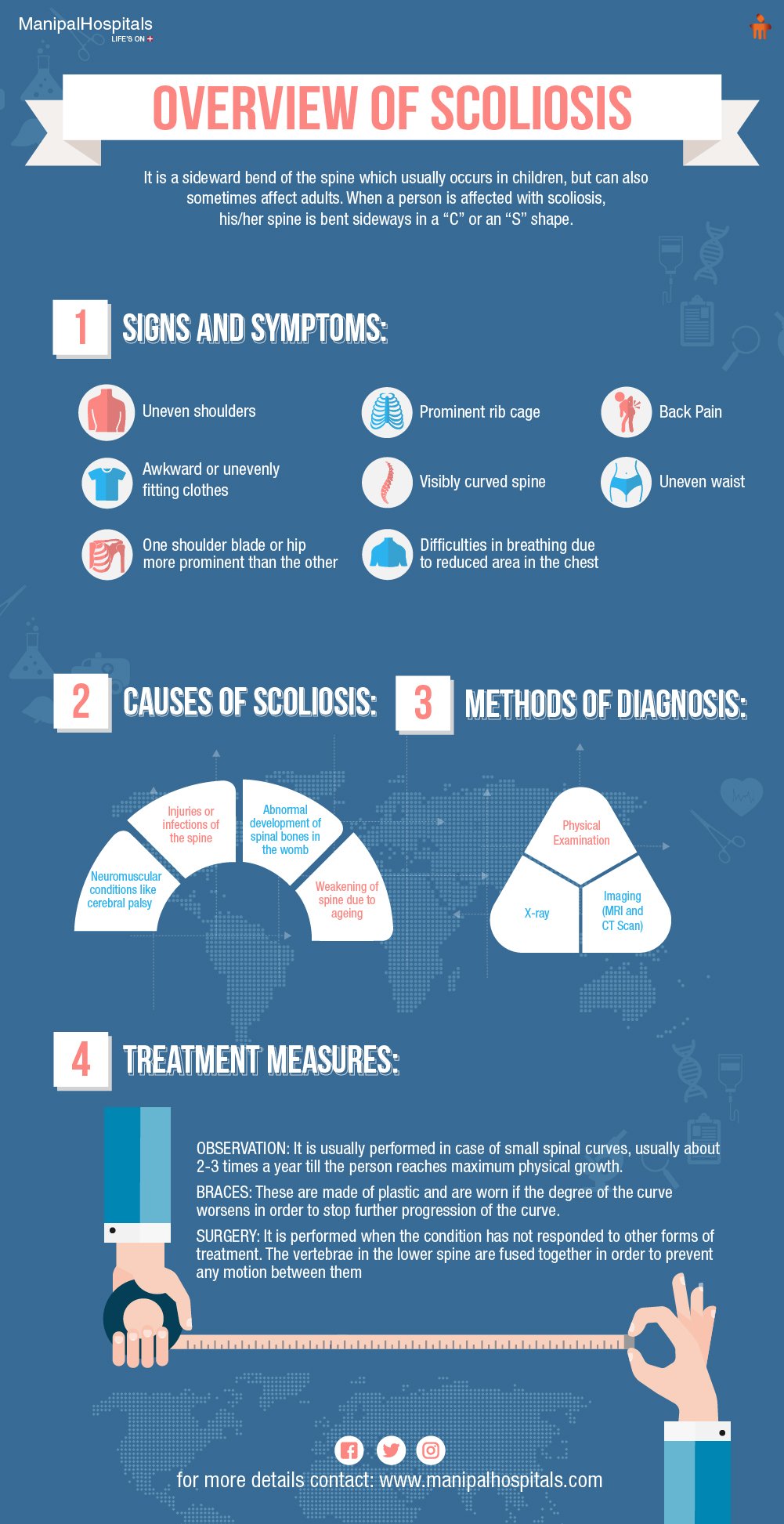
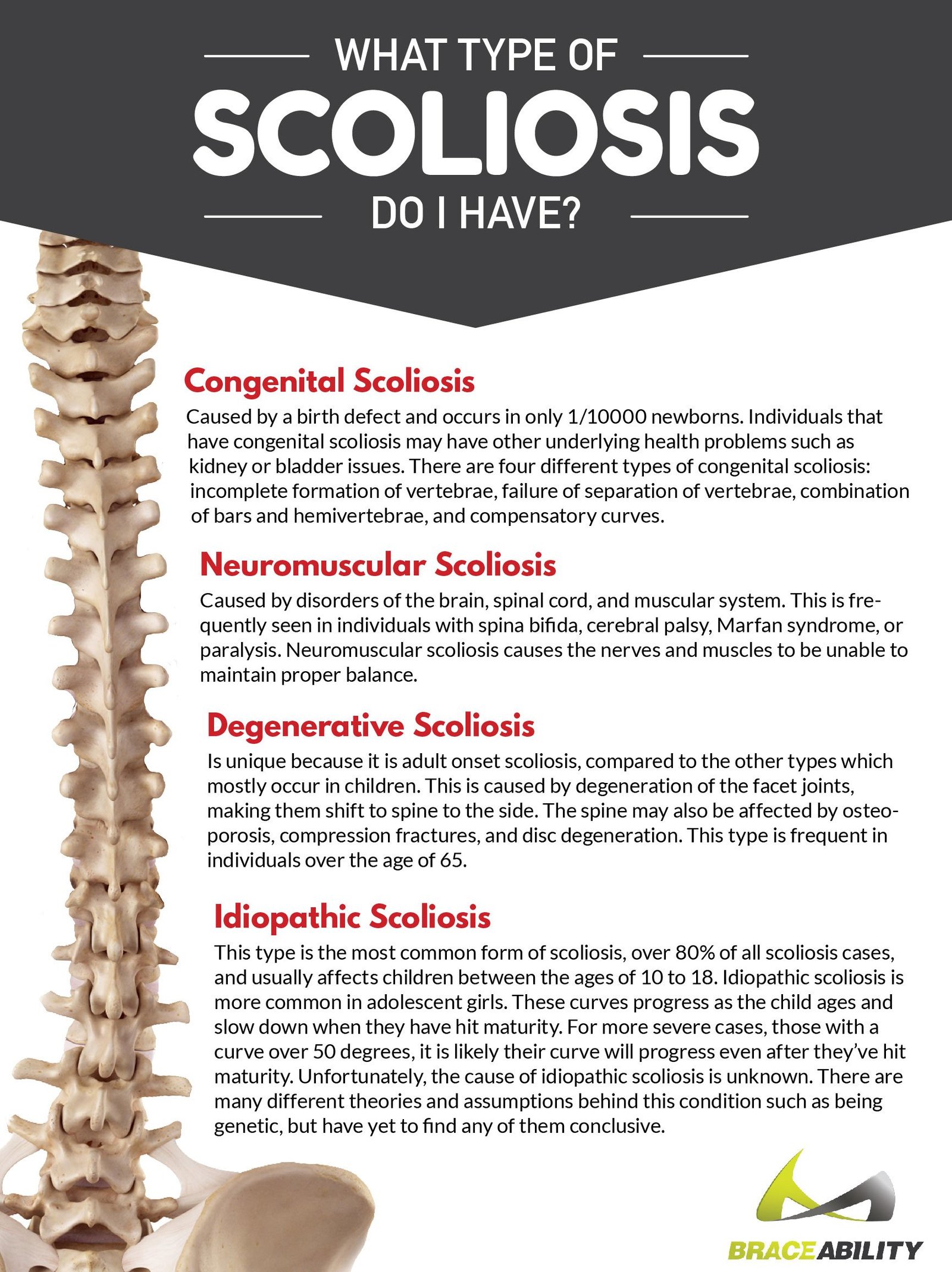
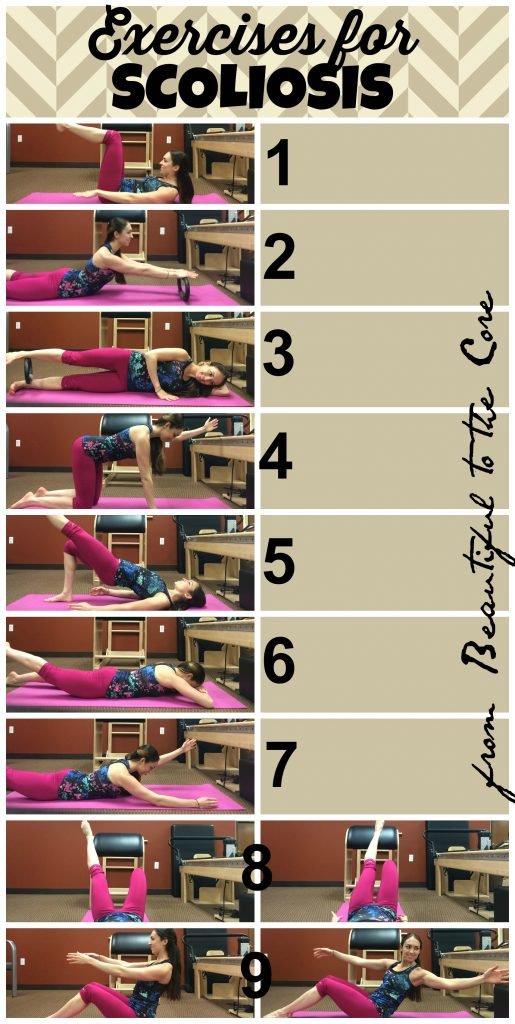
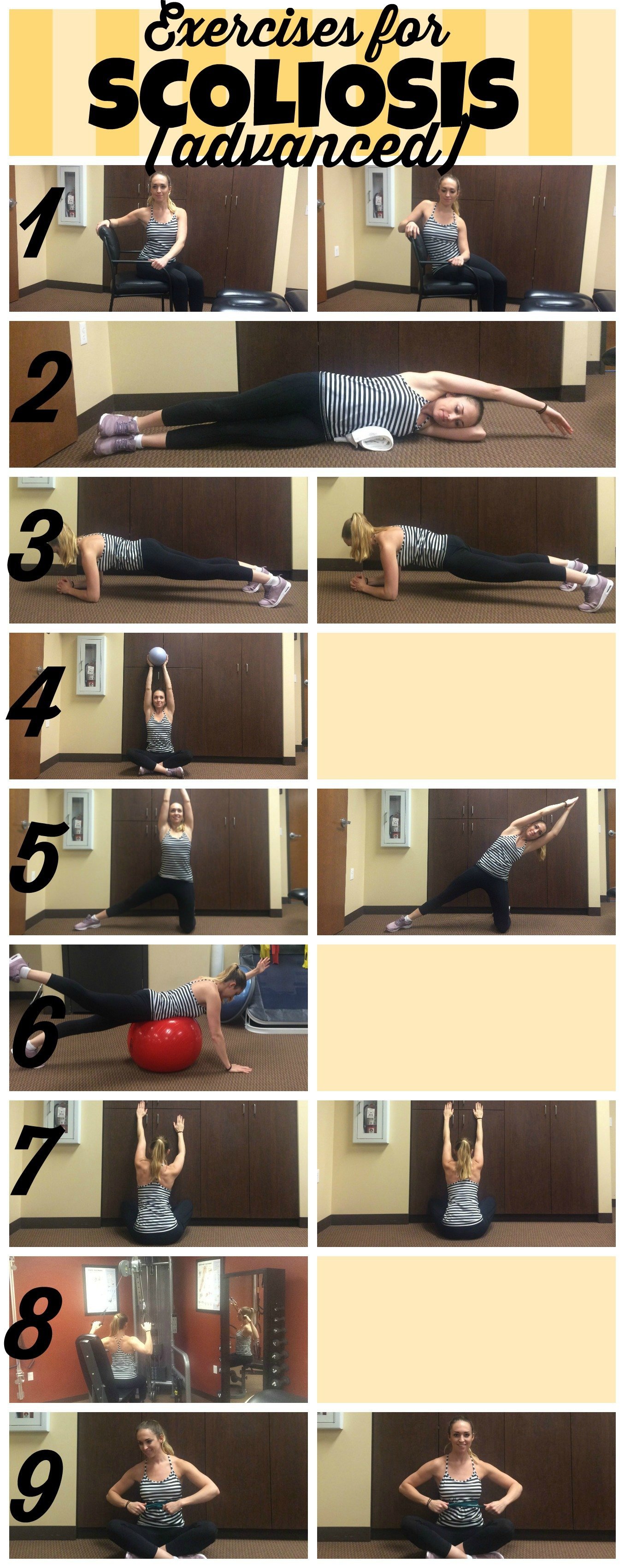
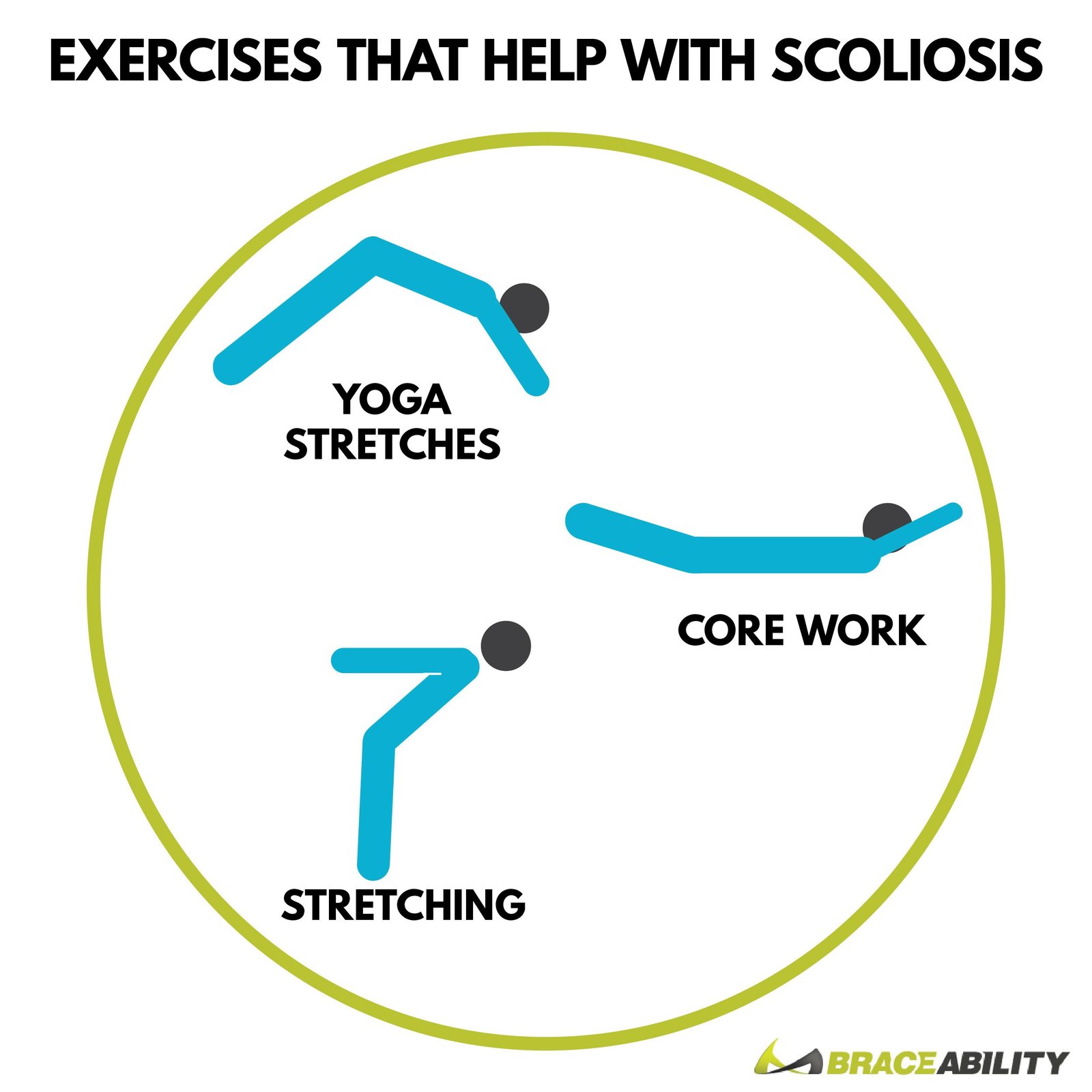
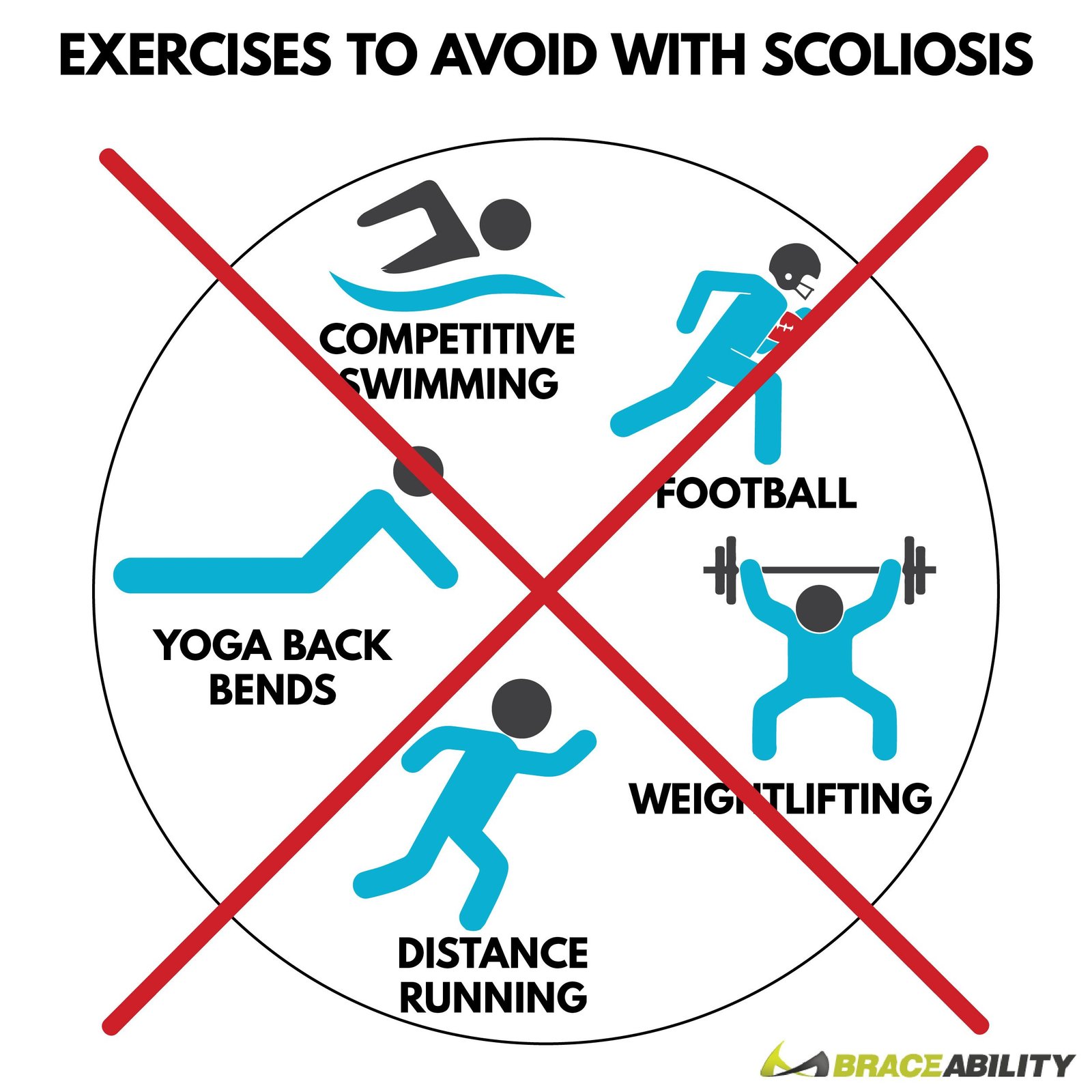
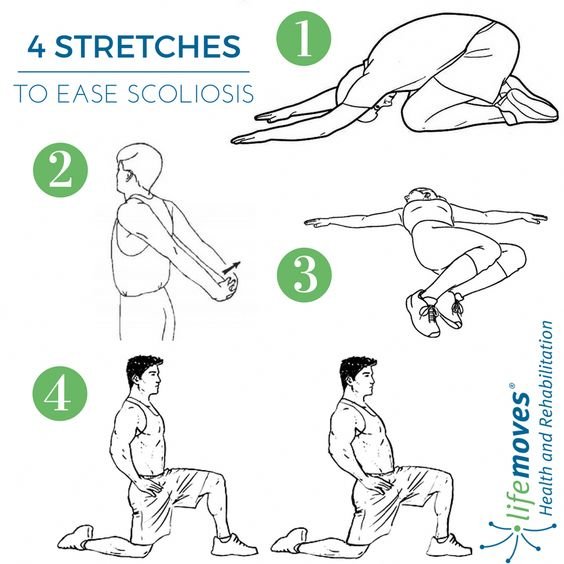
Staying Fit with Scoliosis
squatting with mild scoliosis, scoliosis exercises for child, scoliosis exercises to avoid, swimming techniques for scoliosis, jobs you can do with scoliosis, scoliosis stomach sticks out, how to sleep with scoliosis, scoliosis exercises physical therapy,




